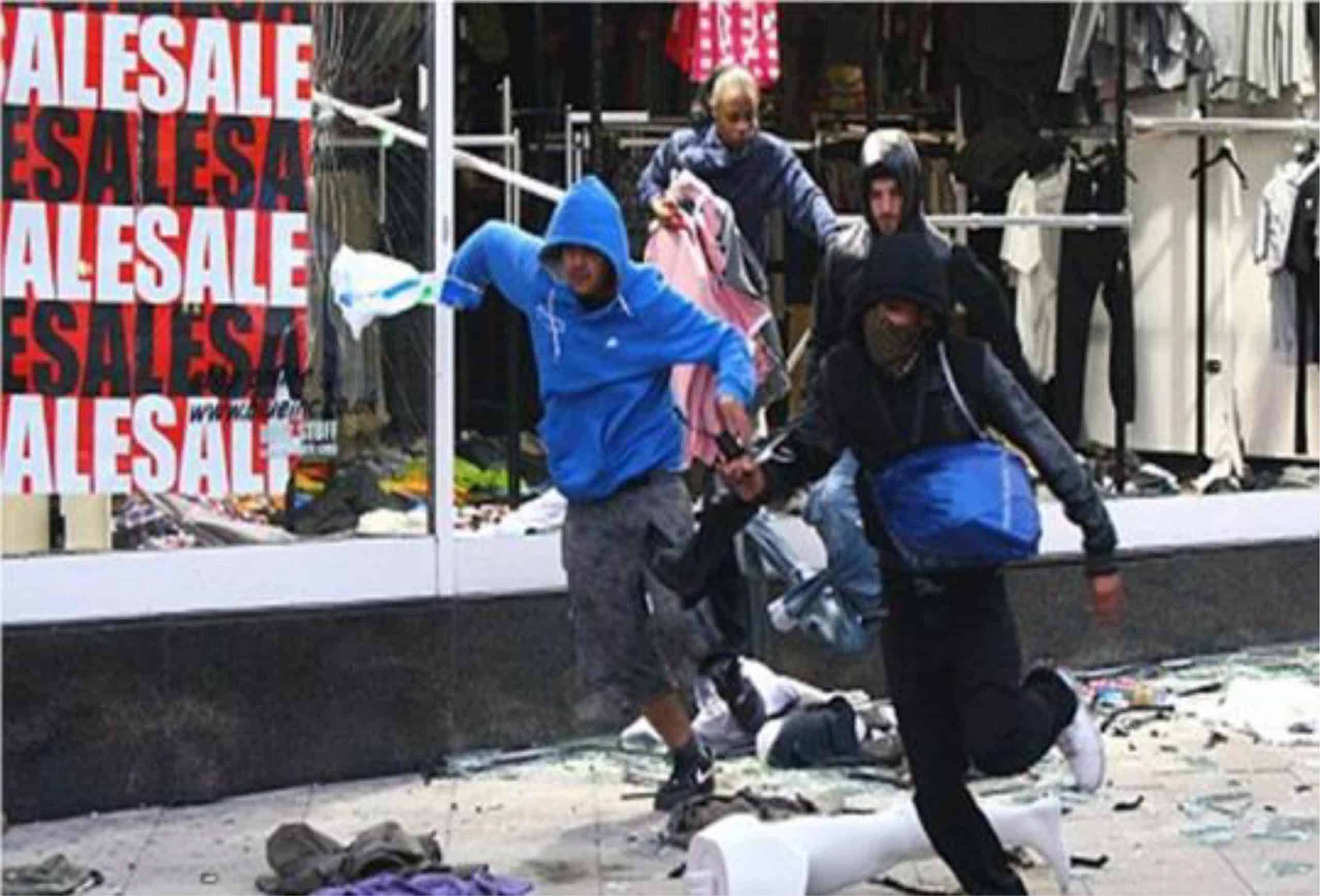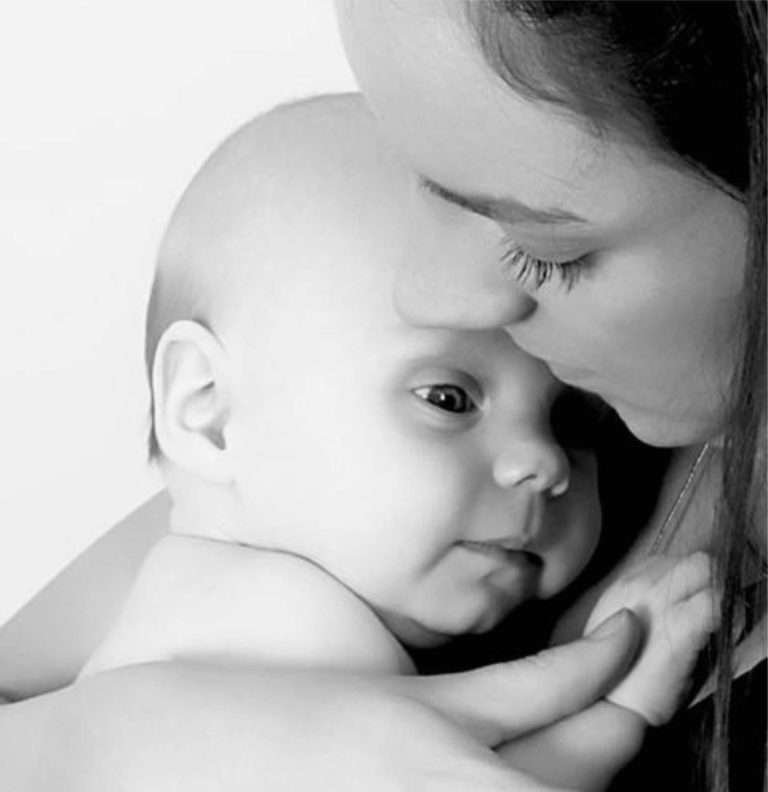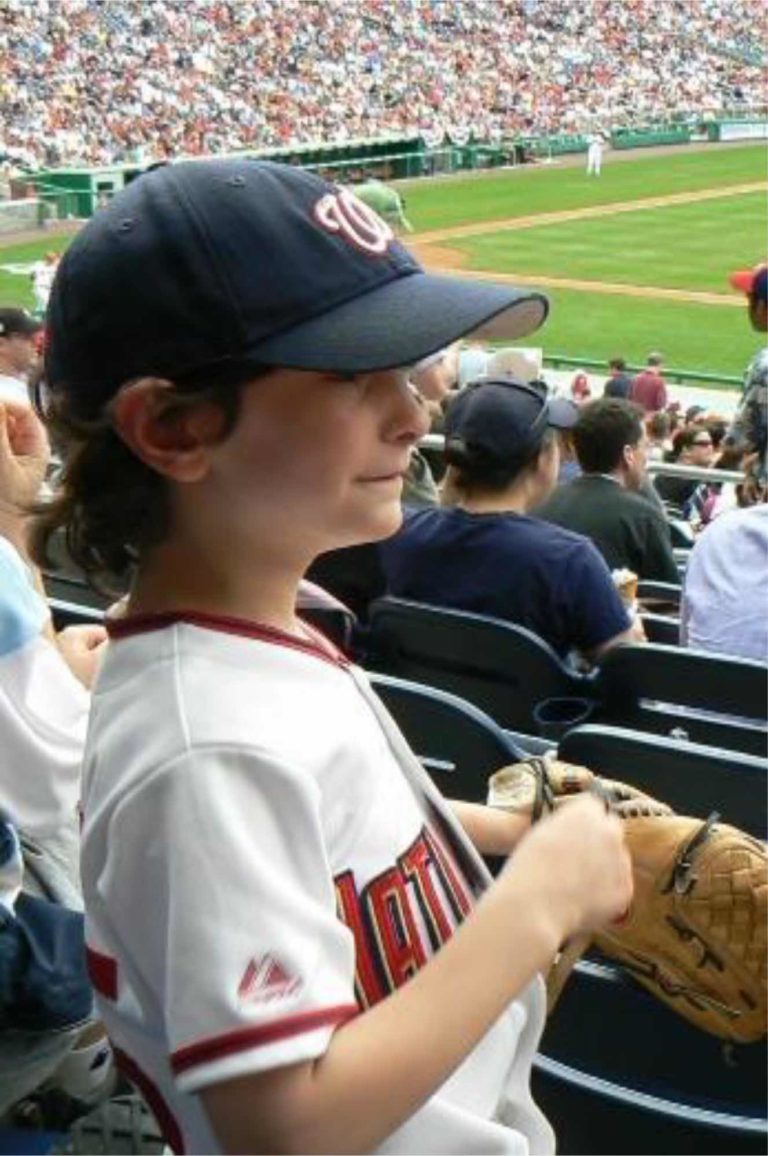In Baltimore, the curfew is lifted and the police have been charged and indicted in Freddie Gray’s death. But the question persists; why do residents attack the very places in which they live?
For starters, broken down neighborhoods often symbolize racism and poverty. When that which is symbolized gets too close to the self it becomes less of a symbol. Thus when the American flag, meant to be a symbol of our country, becomes an extension of self, any attempt to disfigure the flag means disfiguring the self. People develop concrete relationships to symbols when they feel helpless, so they use symbols to restore self-respect.
Community self-hatred is similar to the self-hatred of severely depressed individuals. Symbols become equivalents, reified self- hatred that requires being destroyed- just as depressed people may cut themselves.
To the outside world the slums of Baltimore are symbols of extreme poverty, poor education and social failure but to those living there these conditions become actual facts – no longer representations- of self-hatred and self-degradation. They become extensions of self, parts of the self too painful to see or bear because of the pain their very existence inflicts. Such reminders of self must be attacked and burnt to the ground.
The curfew set a limit on destruction allowing the emergence of community self-respect; pride now allied more with life than death. Limit setting didn’t occur just from forces outside the community. Indigenous Baltimore gangs created their own coalition. The Crips, Bloods, and BGF’s (Black Guerrilla Families) all countered violence and led clean ups.
Riots clearly are not one-sided affairs, just as clinical depression always involves relationships. As the week progressed, once- threatening police interacted with protesters. Talking and listening may lead to reparative transformation, initiating much-needed economic, educational and community change.



